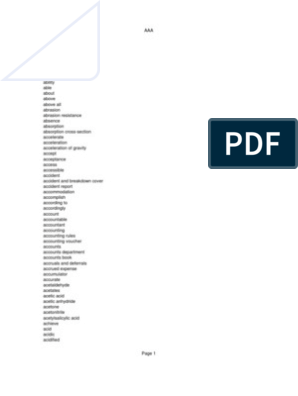0% found this document useful (0 votes)
183 views3 pagesSummary (NEW Lease)
This document summarizes accounting policies for operating leases, sale and leaseback transactions, and finance leases. For operating leases, the lessor recognizes rental income straight-line over the lease term. For sale and leaseback transactions, the treatment depends on whether the sale price is above or below fair value. For finance leases, the lessee recognizes a right-of-use asset and lease liability, while the lessor classifies the lease as either a sales-type or direct financing lease depending on whether the net investment amount is recorded at fair value or cost.
Uploaded by
Anonymous AGI7npCopyright
© © All Rights Reserved
We take content rights seriously. If you suspect this is your content, claim it here.
0% found this document useful (0 votes)
183 views3 pagesSummary (NEW Lease)
This document summarizes accounting policies for operating leases, sale and leaseback transactions, and finance leases. For operating leases, the lessor recognizes rental income straight-line over the lease term. For sale and leaseback transactions, the treatment depends on whether the sale price is above or below fair value. For finance leases, the lessee recognizes a right-of-use asset and lease liability, while the lessor classifies the lease as either a sales-type or direct financing lease depending on whether the net investment amount is recorded at fair value or cost.
Uploaded by
Anonymous AGI7npCopyright
© © All Rights Reserved
We take content rights seriously. If you suspect this is your content, claim it here.
/ 3

























































































